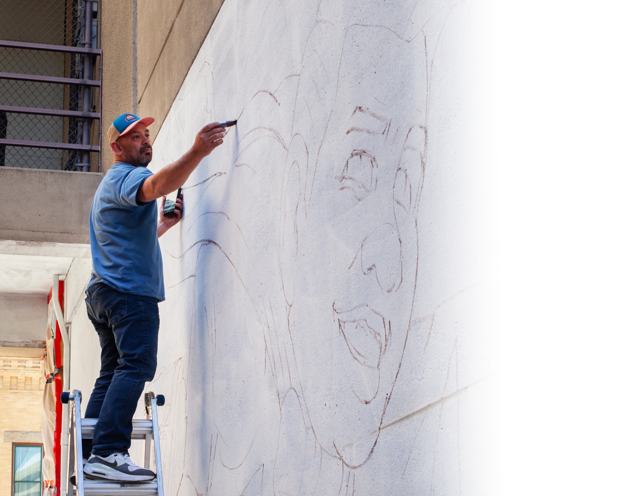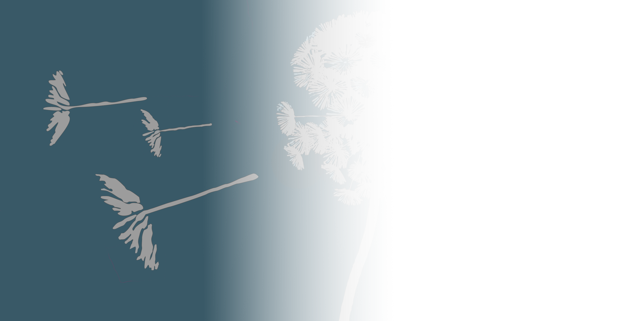Public Art Collection

The Collection
Boise is dedicated to making the Public Art Collection accessible to everyone, both in person and online. With over 1,000 individual pieces - each with its own unique display and maintenance needs - the collection features artworks on continuous display with others that are rotated periodically to bring fresh perspectives to the public and increase visibility of artists. While many pieces are displayed in public places, about a third of the portable collection is stored for future exhibitions. We are making ongoing efforts to share artwork in diverse ways, including through the Public Art Archive platform, which allows for virtual exploration. This ensures art remains a vital part of daily life, fostering community connection and cultural enrichment.
Learn more about each of the sub-collections to learn more and find where to experience public art in person.
Boise's site-based public art collection exemplifies placemaking by transforming everyday spaces — parks, pathways, and public corners — into vibrant, meaningful places that reflect the city's identity and invite connection. With nearly 300 pieces ranging from murals and bronzes, to kinetic and interactive installations, this collection encourages both intentional discovery and spontaneous encounters. Each work is thoughtfully integrated into its surroundings, contributing to a sense of community, sparking curiosity, and celebrating Boise's commitment to innovation, diversity, and creative expression.
The Boise Visual Chronicle (BVC) is a city-owned, interior collection of two- and three-dimensional artworks that capture the essence of life in Boise. The collection features pieces that represent key elements of Boise's culture and history, creating compelling narratives that reflect both the city's past and its contemporary values. It serves as a rich visual documentation of Boise's evolving physical, cultural, and artistic landscapes.
The City's Portable Works collection is a diverse array of artworks in various media, offering flexibility in the acquisition process. This collection includes pieces that may not align with the criteria of the Boise Visual Chronicle but adds contemporary works, gifts and pieces by artists from outside the Boise region. Its adaptability allows for the ongoing enrichment of the collection, providing a dynamic and varied representation of Boise's artistic heritage.
Boise's innovative Traffic Box program is a collaborative effort between the Ada County Highway District, the Capitol City Development Corporation, and neighborhood associations. This initiative has transformed over 220 utility boxes that control traffic and streetlights, into vibrant works of art. With artwork printed on vinyl wraps, the possibilities for artistic expression are virtually limitless. The boxes are refreshed every seven to ten years with new designs, contributing to the continual evolution of public art as the city's infrastructure grows.
James Castle was a prolific self-taught artist born in Garden Valley, Idaho in 1899. He was born deaf, and while he attended Idaho's school for deaf and blind children, he never became proficient in reading, writing, or a conventional means of communication.
In 2015, the Boise Department of Arts & History acquired his Boise home as a cultural site, and the collection highlights his fascinating body of work. The collection is rotated periodically by the Collections Management team, with plans to gradually expand the number of works featured, further preserving the legacy of this remarkable artist. James Castle House
The James Castle House hosts multiple artists-in-residence throughout the year, providing them the opportunity to engage in artistic self-discovery inspired by Castle's work and creative process. At the end of their residency, artists donate a piece of artwork that reflects their experience, adding to an ever-growing collection that captures a diverse range of creative expression. This unique collection chronicles the ongoing interaction between contemporary artists and the legacy of James Castle.
Along the fence on Grove Street between 14th and 15th Streets, four 2'x4' frames display a new set of artworks each year. Artists selected for this project are encouraged to create pieces that respond to the challenges of being exposed to the outdoor elements. Whether their work is intended to withstand, embrace, or succumb to the environment, artists are free to explore innovative mediums that reflect the passage of time. After one year, depending on their condition, the artworks are circulated to the Boise Public Libraries, where they are displayed for an additional three years.
Located on Grove Street between 10th and 13th Streets, the Art Port Collection consists of two pedestals that provide an opportunity for Boise State University sculpture students to propose and create large-scale, three-dimensional artworks. In partnership with the Capitol City Development Corporation (CCDC), these temporary sculptures are displayed for two years before being returned to the artist. Similar to the Linen District Fence Collection, artists are encouraged to explore how their work interacts with the outdoor environment, allowing for an evolving and dynamic public art experience.
The Public Works Public Art sub-collection, funded through the City's Percent for Art ordinance via the Public Works enterprise fund, highlights themes of environmental sustainability, materials management, and water renewal. While the largest concentration of these works can be found at the Boise WaterShed, the collection spans the city's infrastructure — from utility manhole covers to the Art Ports along Grove Street. These artworks celebrate the systems that support our daily lives and underscore their vital role in Boise's future. Together, they reflect Boise Public Works' mission to protect community health, safety, and welfare, while promoting a lasting legacy of environmental stewardship.
As Boise continues to grow, so does its airport — and its public art collection. Also funded by the City's Percent for Art ordinance via the Airport's enterprise fund, the Boise Airport Collection is an integral part of ongoing construction and expansion projects, with a portion of each project's budget dedicated to incorporating artwork that enhances the traveler experience. The collection aims to create a welcoming and distinctive sense of place for both residents and visitors, with more artworks expected as the airport continues to expand and evolve.
Need to Report Vandalism?
Need to report vandalism? Boise's public art is a reflection of the vibrant spirit of the city, and it's up to all of us to preserve its beauty. But it's not just about beauty — maintaining these pieces also helps foster a sense of safety and pride in our neighborhoods. If you see any damage or vandalism to public art, please report it to our team. Let's work together to keep Boise's public art safe, beautiful, and accessible to all.
To report vandalism, please contact:
Boise City Department of Arts & History










